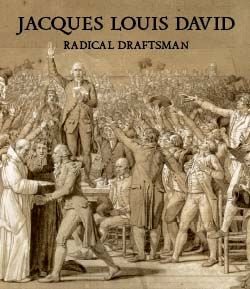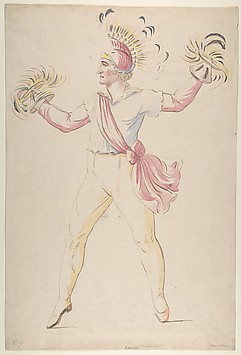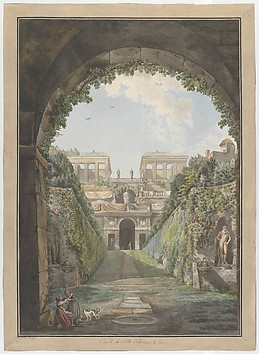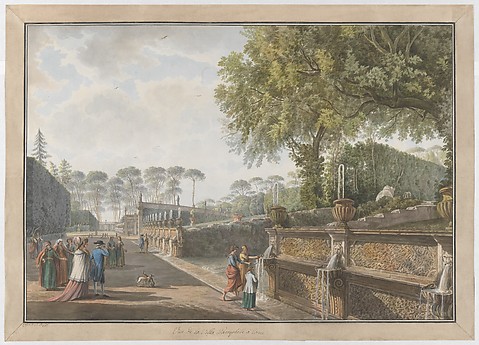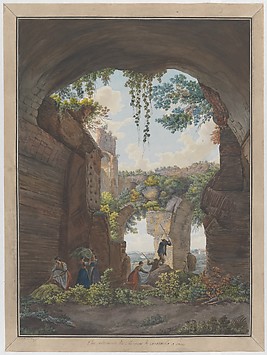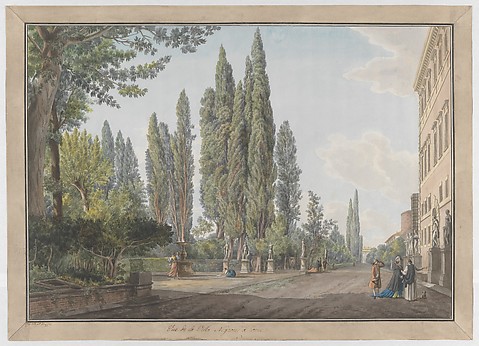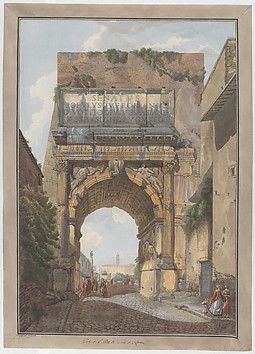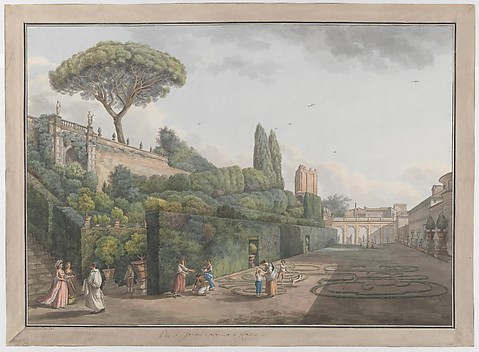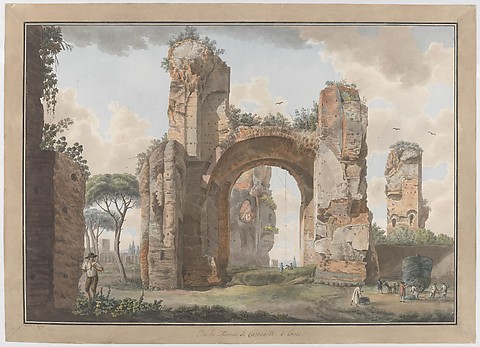The first major exhibition catalogue to focus on Jacques Louis David's drawings and their pivotal role in the creation of his iconic history paintings The paintings of Jacques Louis David (1748–1825) are among the most iconic in the history of Western art, but comparatively little is known about his nearly two thousand drawings that formed the basis of beloved masterpieces such as The Oath of the Horatii and The Death of Socrates. Jacques Louis David: Radical Draftsman accompanies the first major exhibition to focus on the artist's often yearslong process of trial and experimentation, from initial idea to finished canvas. Including several recently discovered drawings published here for the first time, this volume provides a new perspective on the celebrated master. Essays by international experts explore what David's preparatory works on paper reveal about his creative process and how they bear witness to the tumultuous years before, during, and after the French Revolution. As both a participant and an observer, David helped establish the new French society while documenting the drama, violence, and triumphs of modern history in the making.

